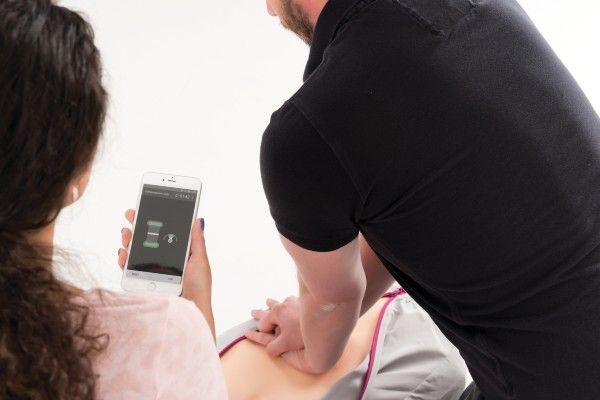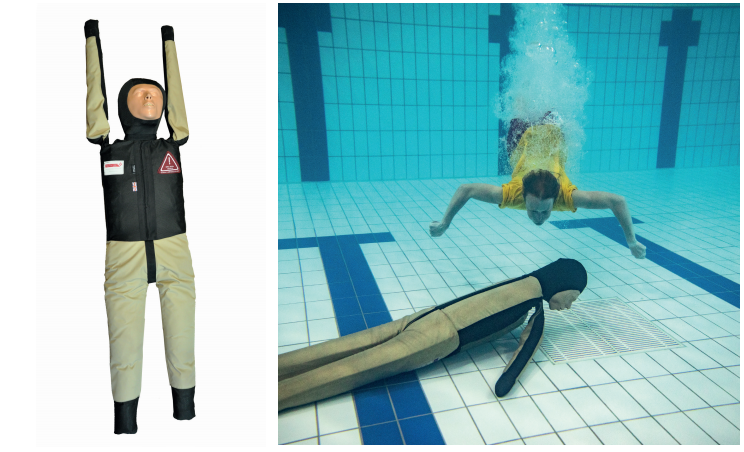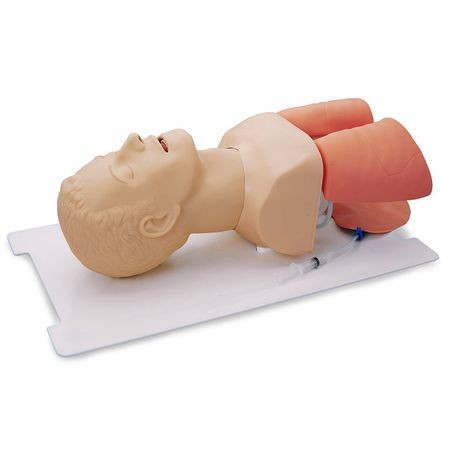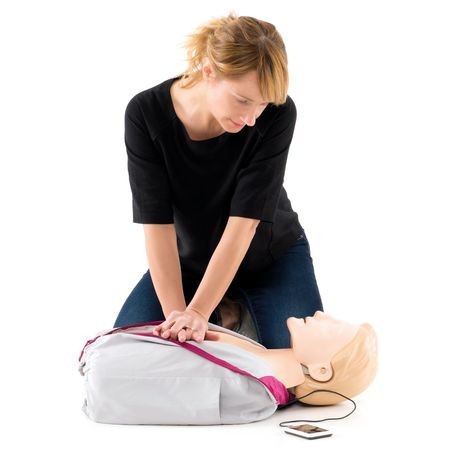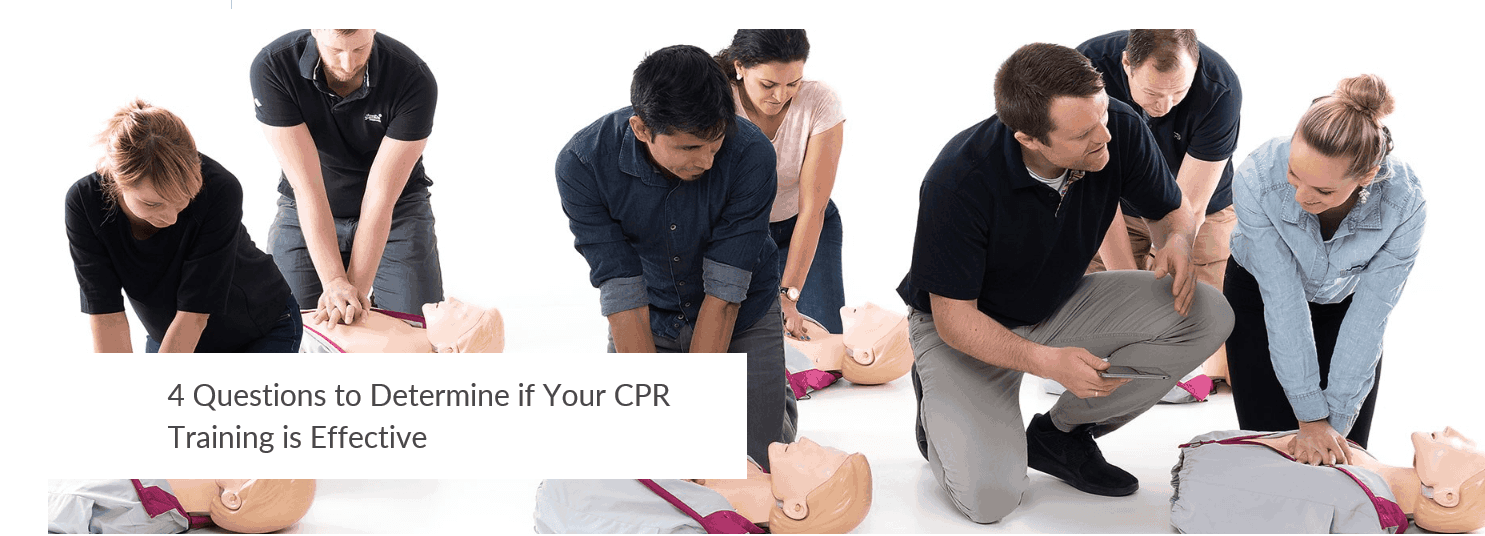Over the past few years, escape rooms have become an increasingly popular educational and training tool. Used originally as a fun social activity, escape rooms are now being used as a means to drive learning. The number of public escape rooms worldwide increased from zero at the outset of 2010 to at least 2,800 today.1 And, as the general public continues to fuel this new entertainment industry, interest among educators has been piqued as well.
Educators have long understood that interactive team dynamics in the classroom can lead to stronger learning outcomes. In recent years, however, game-based learning has become much more prominent - particularly in higher education and in the healthcare industry.
Many escape rooms include elements of simulation and, for this reason, simulation training programs offer the perfect environment to leverage this training method.
In this article, we explain what simulation escape rooms are and how they can effectively make learning stick.
A simulation escape room for healthcare providers or providers-in-training follows a similar structure, but with the intent to improve clinical knowledge and teamwork skills. Typically, a patient case is woven into the narrative of the escape room to allow for more realism and also hands-on skills practice.
In the scenarios, healthcare providers must work together to locate clues and solve puzzles that test their understanding of clinical topics, ultimately saving the patient.
Use this quick and easy checklist to see how a simulation escape room could benefit your organization.
Simulation escape rooms can vary greatly in how they are designed, but there are key principles required to make any escape room successful. These are just a few:
The most successful escape rooms suspend disbelief by providing a clinical theme and a patient case as the backdrop to all the puzzle pieces. The simple use of a storyline energizes the experience and encourages learners to take their roles seriously.
Using a realistic clinical environment further enhances the story, but it also reinforces safe patient care behaviors. Setting the escape room in an in situ environment or in a realistic simulation lab gives learners the opportunity to see, feel, and manage patient safety risks.
All escape rooms have a time limit. The time an organization allots is usually between 15 and 60 minutes depending on the learning objectives and number of puzzles.
While escape rooms are intended to be fun and challenging, they should never be so difficult that a learner can’t «win». Puzzles should test concepts that learners have already been introduced to.
As with any simulation experience, debriefing is essential. Learners benefit from reflecting on the experience, explaining their decisions and actions, discussing what went right and wrong, and asking each other questions.
Research shows that escape rooms are positively perceived as an engaging learning strategy by both learners and educators.3 Put another way, escape rooms are fun. And, fun is exactly what many educators and trainers are looking for!
The escape room methodology supports many of the most widely accepted learning theories, including Dee Fink’s Taxonomy of Significant Learning.
Simulation escape rooms combine many best practices in adult education, and as a result they boast a multitude of benefits ranging from increased retention to improved patient-centered care.
We've put together a comprehensive guide to designing and facilitating a simulation escape room. Download this workbook to get started on creating your own!

